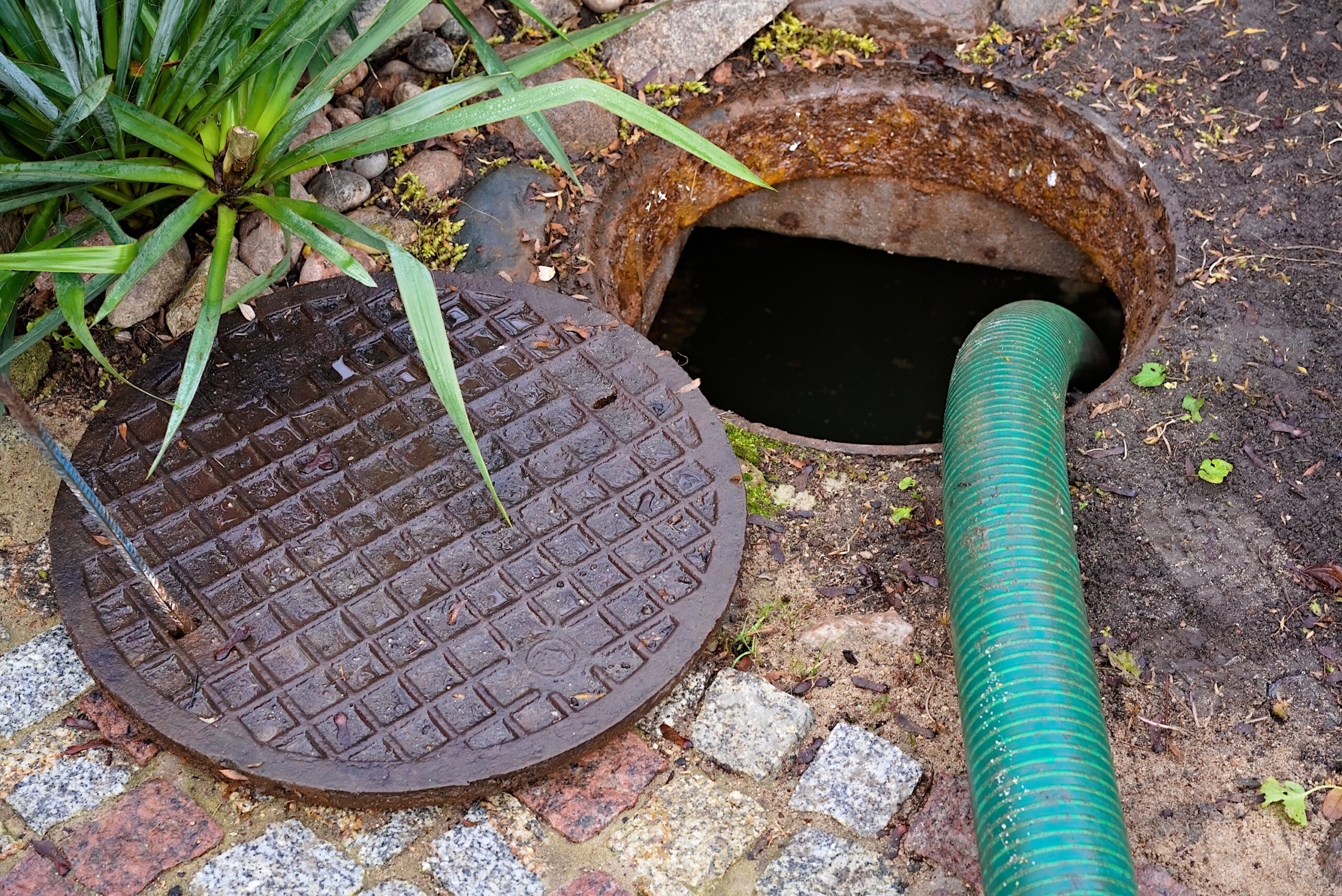As septic systems age and deteriorate, various issues may arise that can cause backups, standing water and other problems in and around your septic tank and drain field. Installing an Aero-Stream aeration system can often help to improve the functionality of your existing system and remediate these problems quickly and safely. Systems like those sold by Aero-Stream are designed to be easy to install, allowing you to increase the efficiency of your existing septic system without the expense and disruption of a full replacement. Caution should be taken if you are attempting a DIY septic aerator. There are several kits available on the market that are a knock-off of the patented Aero-Stream Remediation system. These systems are flawed by design as they are simply air pumps connected to a diffuser. These systems do not allow for proper settling of the solids in the tank and will send these solids into the drainfield and cause more problems than you have now. Others try to remove the solids with gimmicky outlet baffles that don’t work. Over the past 20 years Aero-Stream have perfected our aeration system. This technology has been tested and certified to the stringent NSF 40 standard. Here are four tips for installing your new aeration system and increasing the performance and longevity of your septic tank and drain field arrangement.
DIY Septic Aerator – Read the instructions
Before beginning the process of installing your new DIY septic aerator (see video), read the instructions in their entirety to ensure that you have all tools and equipment on hand. This can save you valuable time and trouble during the installation process. In some cases, you may need to install added electrical wiring to power your new aeration system; reading the installation instructions beforehand can ensure that the entire process goes smoothly and according to plan.
Plan for future access
Depending on the configuration of your existing septic system, you may wish to install a septic tank riser kit that will allow access to the aerator if septic system problems should arise. Incorporating an access point for your new aeration system can allow repairs to be performed more easily should they become necessary. Septic tank risers can be easily installed at the same time as the initial aerator installation and can provide added convenience for future maintenance tasks and repairs.
Cover the wires
DIY septic aerator pumps are installed above ground and are powered by electricity. Designed for outdoor use, these systems are safe and reliable in normal use. However, shielding or covering the electrical wires and outlets can prevent moisture and weather from damaging these vital elements of the aeration system. This precaution can also help you to avoid accidental damage to wiring while mowing the lawn or performing other landscaping tasks around the house.
Add a filter
During the installation process, it is a good idea to add an effluent filter to limit the amount of solid waste that can leave the septic tank system during the remediation process. This can prevent clogs and blockages in the outlet pipe and can ensure the most efficient processing of wastewater and particulate matter in your newly aerated septic system. It is highly recommended that a septic tank riser be installed if an effluent filter is added. This will make maintaining the filter much easier.
These four tips can help you extend the life of your existing septic tank and drain field by incorporating an advanced aeration solution that can significantly increase the efficiency and functionality of this vital household system.
Get The Best DIY Septic Aerator
You can attempt to piece together a DIY septic aerator. You may believe you are saving money, however, in the long run it will be much more expensive. Buying a proven and patented septic aerator from Aero-Stream will save you both time and money. We have 20 years of experience and have tens of thousands of systems installed around the globe. You will receive free technical support with your purchase and experience the absolute best customer service.
Call our experts today at 877-254-7093 to get a free consultation. Or tell us about your system by contacting us electronically.












